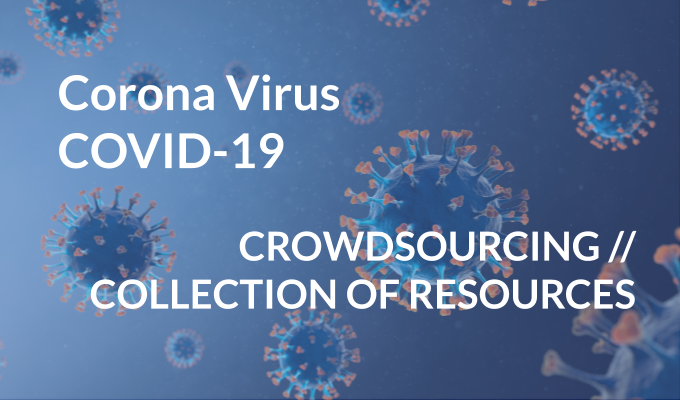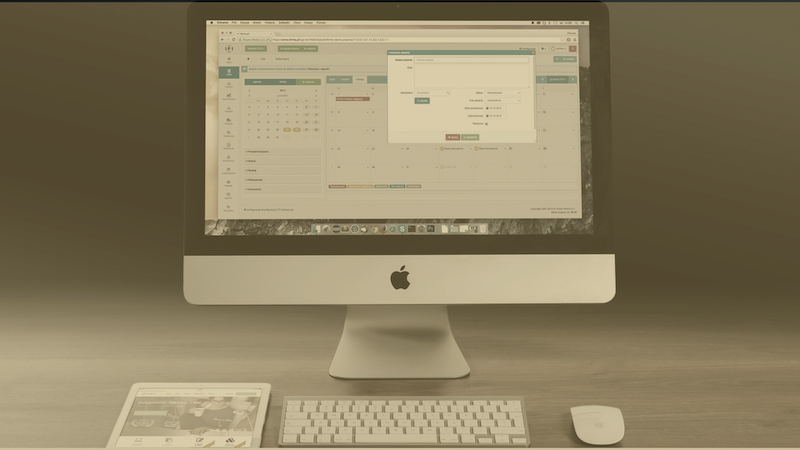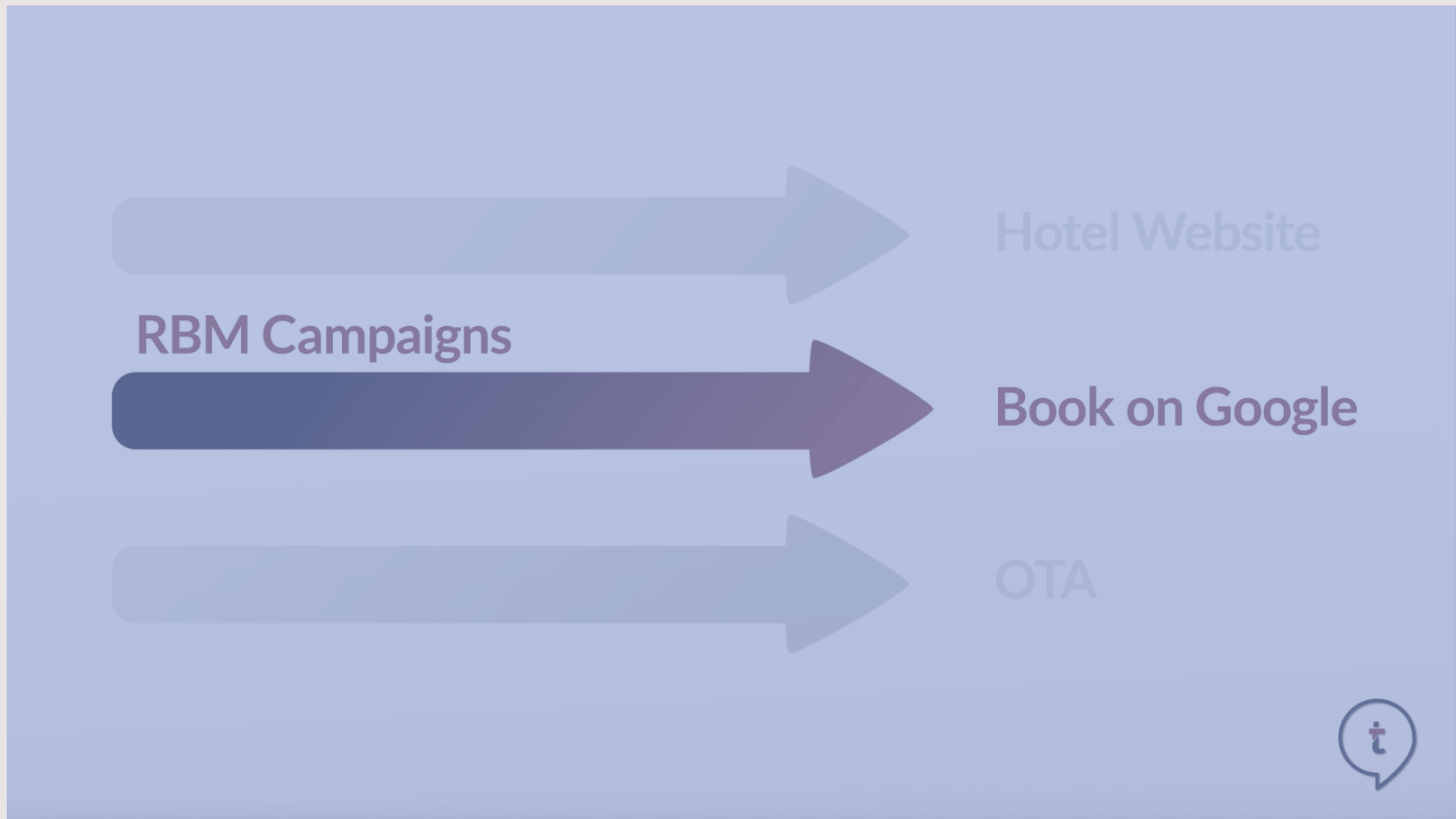Today’s traveler is highly attuned to contextual information relevant to their given situation, preferences, and mindset. Every day, they interact with platforms like Netflix and Spotify that tailor their offerings to individual tastes. These travelers are also exposed to Online Travel Agencies (OTAs) and other travel intermediaries that leverage personalization to craft a more relevant experience.
To compete in this environment, your hotel must step up its own personalization game. Otherwise, your direct booking strategy won’t reach its full potential. You’ll spend handsomely on brand marketing and Pay-Per-Click (PPC) campaigns to get potential customers to your website – and then promptly lose them when the experience doesn’t match their expectations.
To optimize your hotel’s direct bookings, focus first on your hotel’s website to convert more lookers into bookers – and capture as much of that direct demand as possible.
Four website personalization tactics to drive direct bookings
1. Create personalized pathways
Your hotel’s website shouldn’t just be focused exclusively on the “book now” experience. Instead, each guest should be delivered a unique pathway through your website. That’s because the journey a user takes as they interact with your website reveals a trove of intent: are they looking for a specific date (goes straight to the booking engine), researching for a flexible upcoming stay (browses property pages), or seeking inspiration (reading the blog)? And in what sequence are they accessing this information?
The answers to these questions should inform personalized pathways throughout your website.
Here are a few tactics to get you started:
Adaptable blog content
When researching a trip, consumers visit an average of 38 websites. To appeal to travelers at different stages in this process, adapt your blog content accordingly – especially as users return to engage with your website multiple times. Content journey mapping is a great way to achieve this, as it helps lay the foundation for personalized pathways.
Intent-driven offers
Use what you learn about an individual’s needs and preferences from their journey around your website. Using this data, such as the number of user visits to the website, click patterns, and country of visit, tailor offers and packages so that they’re relevant to the requested booking dates, length of stay, and traveler count.
Personalized perks
Frequent guests have higher expectations for their on-site experience. These guests expect information gleaned from past stays – their tastes, interests, preferences, and bookings – to personalize perks and offers on your website. By adapting your hotel’s booking experience based on this data, you upgrade the guest experience and give them a clear incentive to book directly.

2. Target for specific search terms
Search traffic is a goldmine for website personalization. These key words and phrases are ripe with intent since they tell you which term the person clicked on just before arriving on your site, providing a very clear signal of their interests.
Use that inbound intent, coupled with data on clicks within a session, as inputs to personalize the first touchpoint a visitor engages with upon arriving at your website. This creates a thread of interest, which ideally hooks the visitor into exploring your content.
There are three revenue-rich examples of visitors that may signal intent – and can be converted with more thoughtful personalized experiences:
Weddings
When a future groom- or bride-to-be lands on your site from a specific search term, make it easy for them to get wedding-related information. A simple and direct Call-To-Actions (CTAs) wins the day! Also, this category should fold into your content personalization strategy: Make a list of wedding-related terms and be sure to have relevant landing pages (or blog posts) for targeted visitors. These can be used on social media and for PPC campaigns to make your CTA more likely to convert.
Events
When major local events happen, such as music festivals, think carefully about the types of travelers it attracts and what they’re looking for in a hotel. Then, create packages that target different demographics. Those personalized offer pages create much more buzz and potential interest than generic booking engine pages. Make your website visitors feel the excitement of the upcoming event – and how a stay at your hotel can amplify the experience.
Groups
Other group types, such as conferences and business meetings, should also be served with targeted content related to each individual group type’s most common needs. Your website should also integrate group sales technology that enhances the meeting planner’s experience from the first touchpoint.
3. Invest in landing pages
Looking for a surefire way to waste marketing dollars? Dump all paid traffic to generic landing pages that don’t have anything to do with what the user clicked before arriving on-site. That sort of dissonance – where the landing page post-click has low-to-no relevance – spikes bounce rates and reduces conversions.
To make stickier paid campaigns, invest in relevant, visually-rich landing pages. These benefit your hotel in multiple ways:
Boosting high-value terms and campaigns
Landing pages are ideal for high-value terms and campaigns. Start launching personalized landing pages for these terms first since these tend to return outsized revenues.
More precise reporting
Custom landing pages also facilitate more precise reporting. By using custom campaign URLs, your landing pages can be easily updated to the most relevant ones for a specific target audience, offer, or geography. That way, the landing page can be served in French for a French ad campaign, match the offer within your PPC campaign, or even match the visual vibe of a paid social campaign.
More satisfied guests
It can be disappointing to click on a link in an ad, within search results, or on social media, only to land on an irrelevant landing page. More precise personalization makes for a better experience setting the stage for stronger satisfaction throughout the entire guest journey.

4. Tap your first-party data
Transformation is on the horizon, as the pending end of third-party cookies puts the onus on hotels to leverage their owned data in all aspects of their online presence. This, of course, includes your website, which can be personalized much more effectively thanks to your data.
Some first-party data to improve your website personalization:
Email marketing data
Click data from your email list is a trove for personalization. Take every indication of guest preferences, interests, and intent from email engagements to personalize content across your website.
Social media data
Social media platforms, especially visual ones like Instagram, provide much information that can flow into your website. Custom links on your posts can serve more relevant content when users click through to your website.
Guest profiles
Your rich guest profiles provide a deep well of data for personalization. As guests engage with your direct communications via email or text, work with IT to ensure that relevant details are passed through to personalize their experiences.
Loyalty data
Rely on the connection between your booking engine and guest Customer Relationship Management Tool (CRM) to surface opportunities for personalized perks for past guests. For instance, a repeat guest could be served a surprise screen post-booking with a complimentary room upgrade as thanks for their loyal business - or perhaps it could be a round of drinks (or golf!) on the house. It all depends on the individual guest's preferences.
Bringing it all together
The power of personalization is clear. In a world inundating consumers with choices on where, when and how to shop, relevance is key. Each of your website personalization tactics should maintain this core objective: giving guests the power to craft the perfect stay – without paralyzing them with the paradox of choice.
About the Author
Emily Millman, Director of Ecommerce at Cendyn

Emily joined the Cendyn team in 2010 as an Assistant Account Executive. Emily has had wide-ranging responsibilities and routinely consults with our customers on Website Projects and is active in defining our CMS Product Roadmap – sharing input and insight from customers & her own use. She now serves as the Director of Ecommerce Production and oversees a team of Project Managers responsible for successfully delivering the Cendyn Ecommerce solution. Her past and present clients have included hotel management companies Loews Hotels and Hard Rock Hotels, mid and upscale properties, Pure Salt Luxury Hotels, Thompson Chicago, and Hotel ZaZa. Emily graduated from New York University in 2010 with a degree in Hospitality and Tourism Management. She remains an active NYU alumnus and served as an adjunct professor for the school.
Cendyn is a Contributing Member of techtalk.travel.
Connect with Emily on LinkedIn.




 Free download
Free download

![V03: The History of Hotel & Travel Technology | [Updated] Infographic](https://www.techtalk.travel/storage/app/uploads/public/63f/e6f/ec8/63fe6fec80447817849943.jpg)



Create an account to access the content.
Get access to Articles, Video's, Podcasts, Think Tanks, Infographics and more.
Click “Sign In” to accept our
Terms of Service Privacy Policy